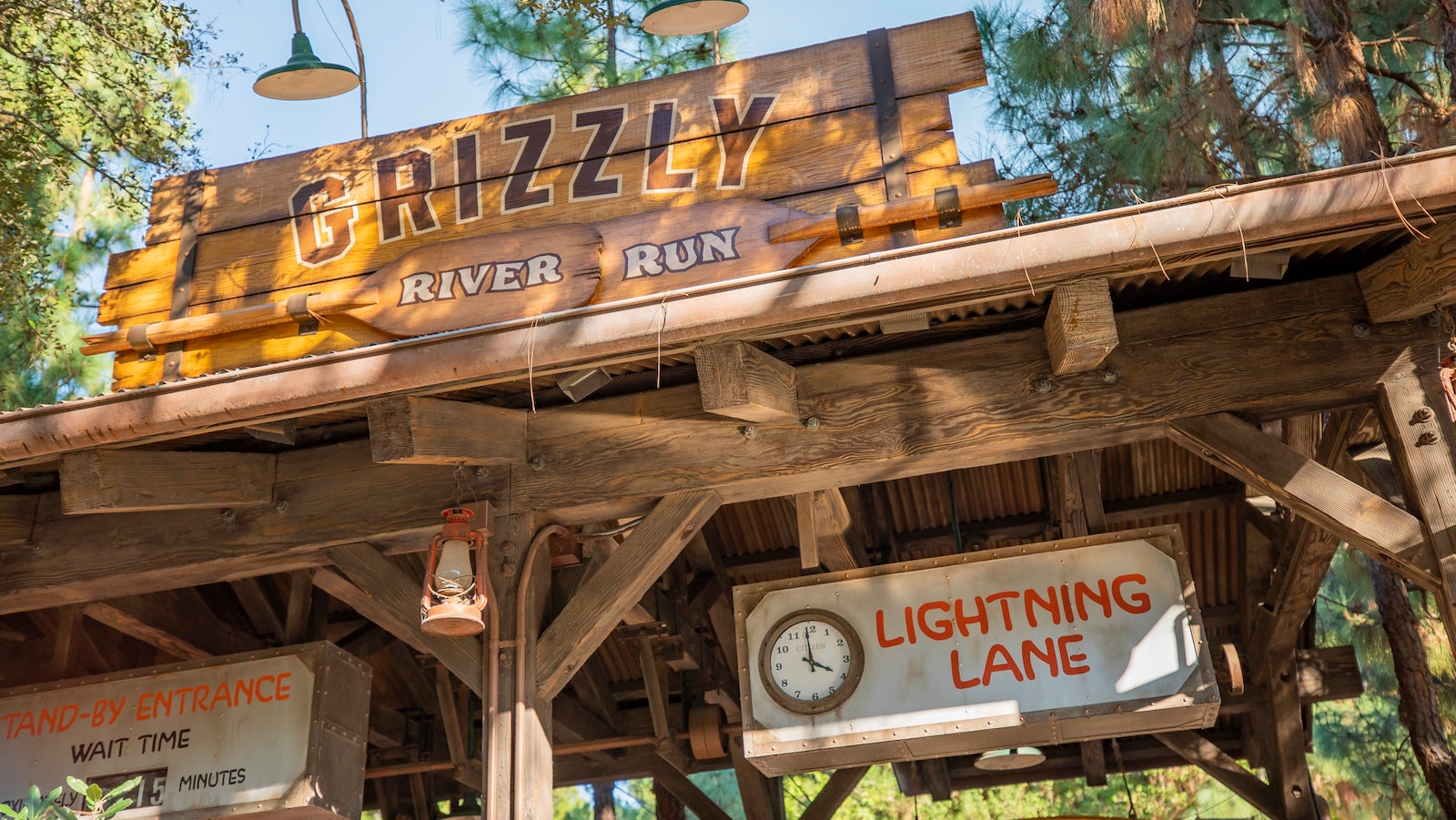Disney has always been at the forefront of the travel industry when it comes to accommodating guests with disabilities. Unfortunately, that generous policy is sometimes abused, resulting in longer lines and increased hassle for all guests, especially those with legitimate special needs.
Today, Disney updated its Accessibility Services websites for both Walt Disney World and Disneyland as part of an effort to rejigger a system that had become unwieldy. In addition to rolling out new resources, Disney also announced changes to some of its services and options for guests with disabilities, including Disability Access Services.
In announcing these changes, Disney officials emphasized their continuing commitment to accommodations.
“Disney is committed to providing amazing experiences for all of our Guests, including Guests with disabilities, which is why we’re committed to offering a wide range of innovative support services to help Guests with disabilities have a great time during their visit to our theme parks,” the spokesperson said.
So what specific changes can guests expect, and when will they go into effect?
Changes to disability access services
The most notable changes will be made to Disney’s Disability Access Services, which for years have been the most well-known and discussed feature in Disney’s toolbox for accommodating guests with disabilities.
This service was traditionally used by guests who were physically or cognitively unable to wait in traditional theme park queues for long periods of time. Guests using DAS were presented with a future re-entry time that roughly matched the attraction’s standby wait time.
For example, say the wait time at that time was 90 minutes, instead of physically waiting in line for 90 minutes, guests can return to the ride 90 minutes later with a minimal wait time, during which they can wait somewhere more comfortable or do something else.
At their designated return time, DAS guests will return to most attractions via Lightning Lane (or, less commonly, at attractions that don’t offer Lightning Lane access, return through an exit or side door).
Daily Newsletter
Reward your inbox with the TPG Daily newsletter
Join over 700,000 readers and get the latest news, in-depth guides and exclusive deals from TPG experts
 Christian Thompson/Disneyland Resort
Christian Thompson/Disneyland Resort
Disney has revealed that use of DAS by guests at its parks has more than tripled over the past five years, raising concerns that the system may be being misused beyond its intended purpose.
To keep DAS available to accommodate those who can’t do so any other way, Disney will soon be implementing some changes to the service. These changes will take effect on May 20th at Walt Disney World in Florida and June 18th at Disneyland in California.
The system would work much the same as the current system, but DAS would only be available to guests with autism or similar developmental disabilities who cannot wait in line for long periods of time, and once a DAS is approved, eligible guests would not have to re-enroll in the service until 120 days have passed (an increase from the current 60-day policy).
While some theme parks require proof of disability, like a doctor’s note or Americans with Disabilities Act card, to receive similar accommodations, Disney won’t take that step. However, Disney will partner with a third-party service, Inspire Health Alliance, to partner with Inspire’s trained medical professionals to help cast members assess guests’ eligibility for accommodations when needed.
DAS will also no longer allow guests to pre-select attractions before their visit, instead guests will only be able to select their first ride after scanning their park ticket or MagicBand+ to enter the park each day.
Additionally, Disney will be adjusting DAS party sizes to include only immediate family members (or groups of up to four for guests who are not riding the attraction with their immediate family members), and Disney has added language to their site clarifying that guests who are eligible for DAS must be present and ride the attraction together when redeeming their DAS.
Finally, Disney encourages guests to complete the DAS eligibility process before traveling. At both Disneyland and Walt Disney World, guests can access a virtual video chat system to discuss their individual needs and desired services with Disney’s Accessibility Services team.
On-site options will continue to be available for Guests who don’t make advance arrangements. At Disneyland, these conversations will move from Guest Relations in the parks to designated windows on the boardwalk between Disneyland and Disney California Adventure. At Walt Disney World, Guests can make same-day arrangements through on-site virtual chats.
Accommodating other special needs and disabilities
While disability access services will now be offered to a smaller number of guests, Disney has expanded and better defined its procedures for accommodating other special needs of guests visiting U.S. Disney resorts.
Disney’s updated website now outlines various tools that may assist guests who need assistance and highlights options for navigating the line, such as rider switches and single rider lines. Disney will also be adding a clearer return-to-line process for guests who may need to leave the line unexpectedly, especially for restroom breaks.
Disney’s focus on accommodations extends beyond the attraction lines: The new Accessibility Services website and accompanying Accessibility Planning Guide and Recommendations document detail procedures for a variety of topics, including guest parking and transportation, wheelchair and powered mobility vehicle rentals, food allergies and special dietary requests, and bringing medical equipment into the parks.
Related: 7 Reasons Walt Disney World is One of the Most Wheelchair Accessible Destinations
Our goal is to give Guests as much information up front as possible so they can plan for the potential stresses and challenges that come with a theme park trip. Disney wants to better showcase our wide range of accessibility options so Guests can choose the right services for their individual needs.
Related article:


